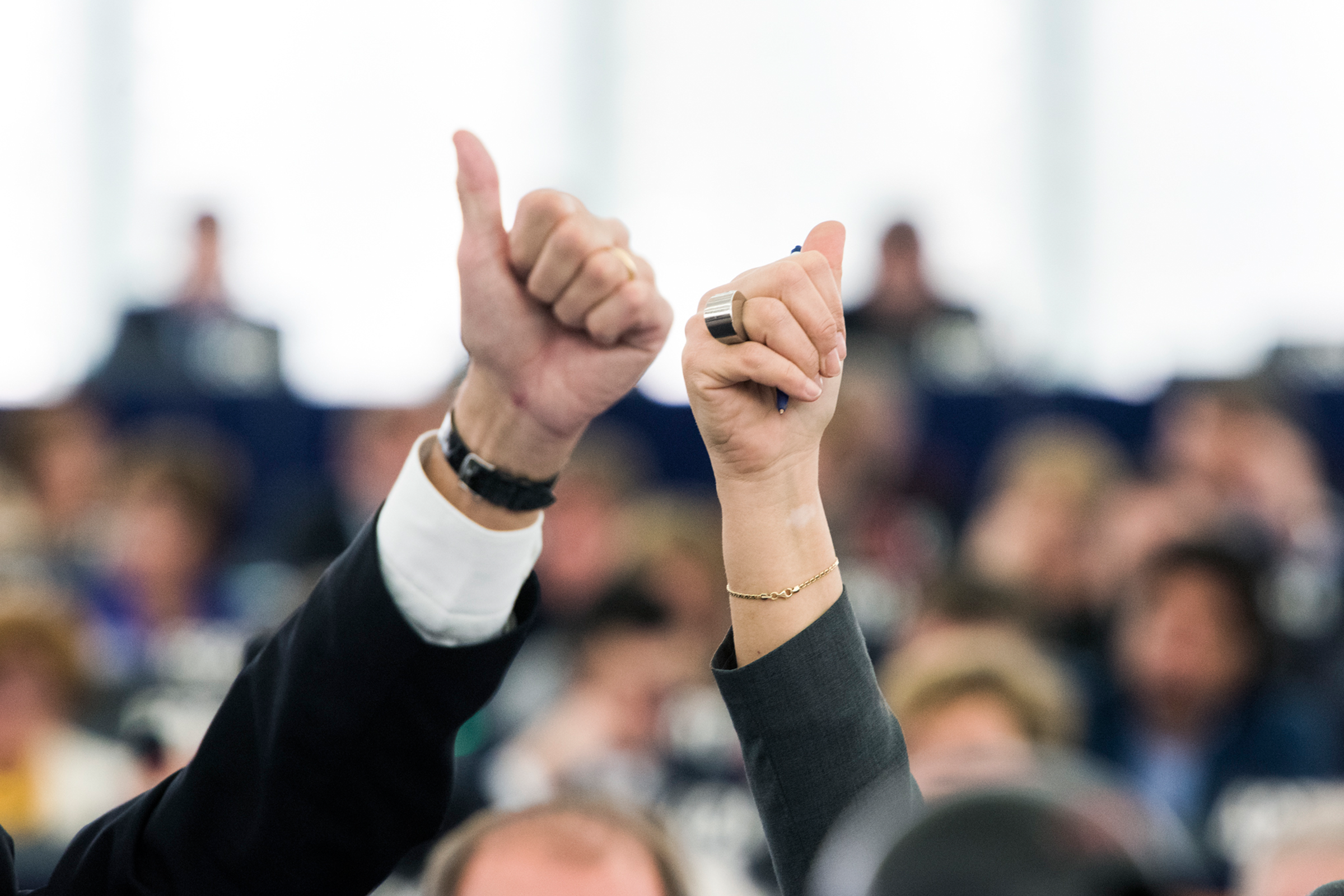Be Better
First Lady Michelle Obama had a blunt answer to Oprah’s question on what men can do to support women: Be better.
“When you are sitting at a seat of power, at a table of any kind, and you look around and you just see you — it’s just you and a bunch of men around a table, on a golf course making deals, and you allow that to happen, and you’re OK with that — be better.”
As it turns out, we can all be better. Employees, executives, CEOs, founders, boards of directors, investors, conference organizers can all make the decision to choose parity — not as an afterthought — but as an imperative at all levels of decision-making.
Making Choices
Earlier this year my company was retained by the U.S. Department of Education to call on public high schools to design makerspaces that strengthen next-generation career and technical skills. All eligible schools received access to a 6-week program that provided resources and expertise in makerspace design and planning; 10 winners received $20,000 in cash and other prizes to turn their vision for a makerspace into a reality.
With nearly 650 participating public schools, we were charged with curating a review panel comprised of experts in making and makerspace design to support the judges in the recommendation process. While this might seem like an obvious exercise, identifying, vetting, and securing the commitment of 100 individuals is a numbers game. At each step, candidates often fall off, meaning that the top of the funnel must be very wide to ensure a highly qualified panel.
Furthermore, we were specifically seeking a panel that mirrored the geographic and individual diversity of America. To avoid a conflict of interest, we could not include public school teachers.
Our first round of outreach yielded a large and formidable list of experts, and yet just 30% were female. At this point, the clock was ticking and we needed to make a decision. If we vetted all of the women and exactly the same number of men, would this be good enough? Could we assume parity at the end of the funnel? Most organizations would say yes. We made the choice to say no, we need to choose parity at the top of the funnel.
Our plan was to launch a campaign, going beyond the known lists and leadership rosters, to identify female leaders in the maker movement. Within 2 days, 50% of our list was female. By day 3, we had more women than men. Now the top of our funnel was not just more gender diverse; it was more inclusive from many perspectives. It was a better list.
How You Can Choose Parity
Following the close of our campaign, the team regrouped to assess how we so drastically altered the outcome. We closed out with four key learnings:
Following the close of our campaign, the team regrouped to assess how we so drastically altered the outcome. We closed out with four key learnings:
- A shared sense of responsibility. Most organizations choose to do nothing to ensure inclusion. Some choose to try, stopping at the first sign of resistance. Early in the process we came to a conclusion that 30% was not good enough. It wasn’t good enough for the client, and more importantly, it wasn’t good enough for American students and teachers. Despite a race for time, we — from the lead analyst up to the CEO — all chose parity.
- Exercise the subsurface networks. Our initial, surface-level search for leaders in the maker movement yielded dramatically more men. Not only did they show up more in lists, but they were more likely to raise their hands, describe themselves as leaders, and hold leadership roles at makerspaces and maker organizations. However, once we embedded ourselves in the network, we found plenty of expert women. The extra effort to identify and connect with key nodes in this network paid more dividends than simply pinging a list.
- Optimize. When we completed our first round of outreach, we took stock of the dynamics. While men were quick to raise their hands, highly-qualified women demurred, questioning their own credentials. Could it be that our approach was off? We quickly deployed tests with modified language, ultimately landing on a winning solicitation for expert reviewers.
- Share. Hands down, our best tactic was to just ask others to share. One LinkedIn post asking others to nominate female makers made a tremendous impact. And so in return, we are delighted to share with you a Working List of Women in Making. (Did we miss someone? Add her here.)


